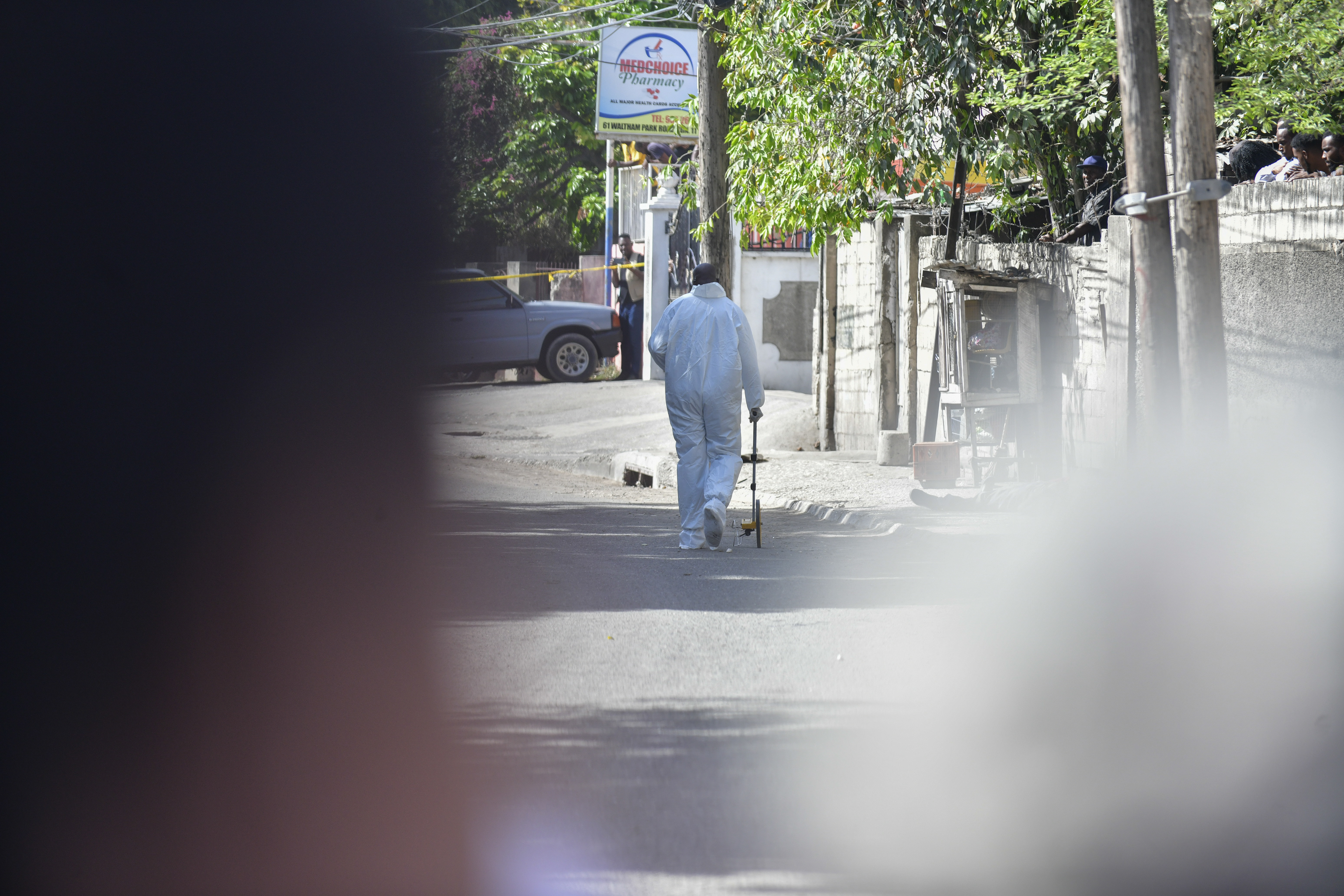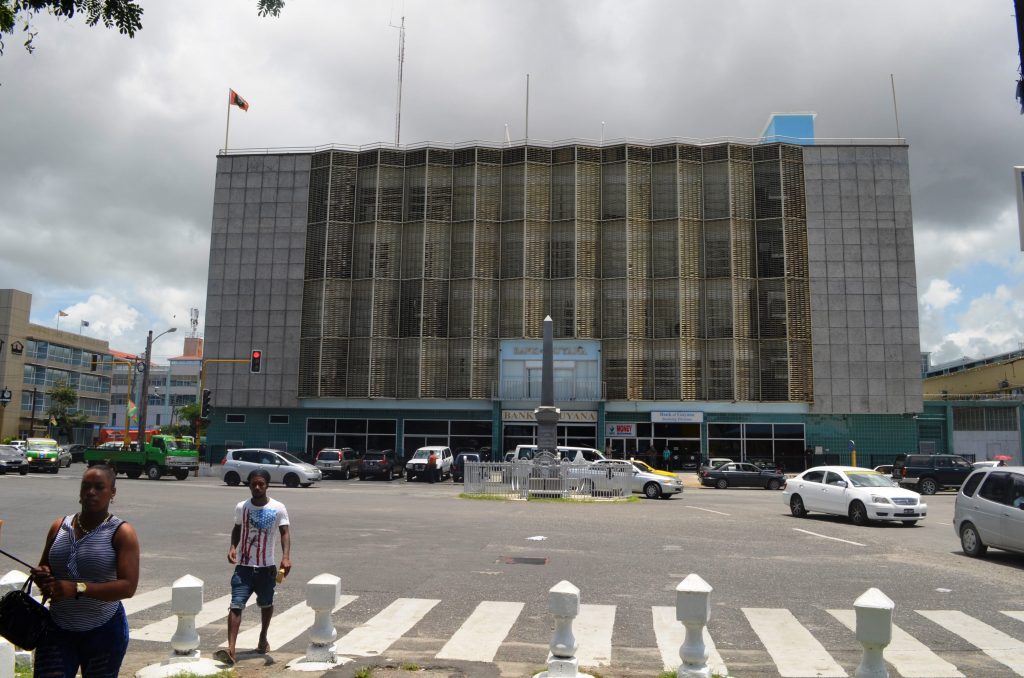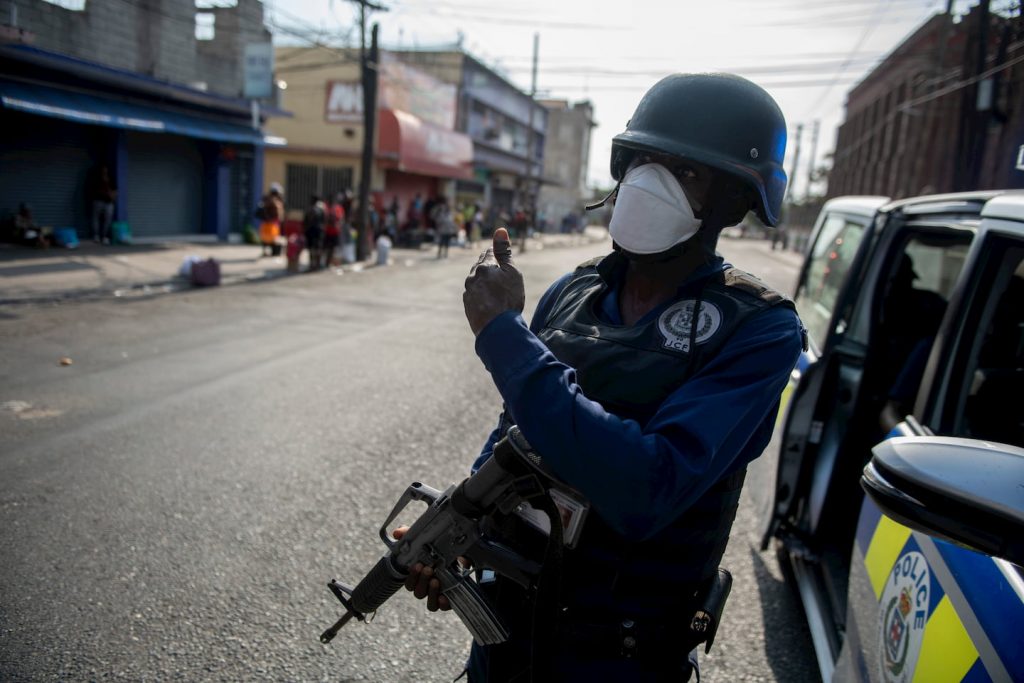The data on the homicide of women in Jamaica has become a source of academic and other contentions. While I understand the urgency to address violence against women, I remain adamant that we need to take a scientific examination of the data – for the sole purpose of developing the capacity to reduce violence in Jamaica. I always suggest that data should precede conclusions. I find it difficult to support persons who hold a position and search for bits of material to support it. I am especially concerned when persons in a campaign mode borrow material from other countries and do not even respect the local context as they lay it out as facts.
Recently a European colleague jokingly reminded me that I stood up in class one evening in 2003 at the School of Oriental and African Studies (SOAS) in London and reminded everyone that Europe and the United States were not the world – that the local realities of all countries must be respected by international development partners (IDPs). I was applauded by all, including the European presenter who had made the error that ‘violence against women’ was the most important issue in the developing world. I had put my hand up and shouted: “In Jamaica violence against women as an isolated issue makes no sense. The same can be said for Trinidad and most other Caribbean countries I know”. The applause was even greater when I used the data to explain my position. Today, nine of the development students in that class have changed policies in their countries guided by my work.
In 2009, I was one of the keynote speakers at the Second Regional Forum of Restorative Justice for Juveniles in Central America, held in El Salvador. There I was again applauded for pointing out that violence in the LAC (Latin America and the Caribbean) cannot be tackled by isolated, project-oriented injections. Fifteen persons consulted me as they tried to address violence in a more holistic manner in their countries. Having helped to change aspects of the world in this manner, I came home thinking I could do the same in Jamaica.
In 2017, I made a 90-minute presentation in Manchester in which I appealed to policymakers to examine all forms of violence, rather than look at ‘violence against women’ in a campaign mode. A few campaigners there were irresponsible enough to suggest that I said: “There is nothing called violence against women.” In fact, it sounded like that was all I said for the 90 minutes. No context was provided to explain why I could have meant much more than that. Attacks came from 12 different gender and development-related sources. People wrote various articles and insulting lines – none reflecting anything close to what I said or meant. I have obviously said the right things in the wrong way. I am also not good at “checking the water for sharks” before I release data from any elaborate research. In this article, we shall examine the context of women being killed in Jamaica. I cannot promise that the data will not offend anyone. It is, however, my sole intention to educate.
A note on science
According to Edwin Ott, the majority of a group can be wrong. We can even protect ignorance with tremendous passion. Remember how we used to shake babies vigorously and defend our actions? This is why we do not rely on gut feelings, or public knowledge simply because everybody thinks it is so, or make policies because some people feel passionate about an issue. Science is necessary. Unfortunately, science does not always come out in kind words that protect our gut feelings or activist passions. The truth is that science can offend men and women alike. I have offended a lot of men in Jamaica by providing them with data.
‘In 2010, I offended a lot of men by saying that many of them have more dollars than sense – that while making money was important, at least basic education was needed to survive in the 21st century.’
In 2017 a group of men at a presentation were seriously offended because I pointed out that in contexts of violence, women’s lives were worth more to the survival of the human species – which is why we do not kill women and children in wars. In 2018, another group of men were gutted by my data that battered children under-perform. One 58-year-old manager showed me his hand where his caregiver burnt him for stealing, and told me that that abuse changed his life. He concluded, therefore, that children could be tortured as a last resort. While I empathise with, and even praise all persons who have turned bizarre and horrific experiences into motivation, I cannot support these barbaric techniques to motivate young people. The point I am making is that while our individual experiences in unique ways can be used to attack science and even the scientists, they do not present blueprints for society’s progress.
Which is more effective: patching up the victim or changing the lives of the perpetrator at the same time?
Violence experts are trained counter to development specialists – and logic and violence reduction data prove that violence experts are worth the salt they eat. While many development specialists focus on victims, violence experts are trained to focus on the perpetrator. The logic is simple. If you have five perpetrators who batter 50 victims, it is cheaper and more practical to focus on the five perpetrators with your project. If you change the lives of 4 of them, you would have helped 40 victims. When you then turn to assist the 40 victims, the project would be more likely to achieve sustainability. If you ignore the perpetrators (who often do so because they are also victims of structural failures), you will continue patching up the victims for a long time, as the perpetrators will continue.
The problem in the Western hemisphere is that there is a lot of funding for the ones we select to be described as victims. We are stuck with this approach. The evidence is clear. All the agencies in the region that focus on both perpetrator and victim have experienced greater success in reducing violence than those that focus on victim only. For decades, the Women’s Centre of Jamaica Foundation would patch up the girls. At the turn of the millennium, they included the baby father (perpetrator). Today they boast less than two per cent repeat pregnancies. Why? Simple. The baby father, who gets help, no longer need to use the girl to establish masculinity. He too has a new set of life goals.
In countries with homicide rates exceeding 30 per 100,000 such as Jamaica, you cannot assist women substantially by having campaigns that say ‘Stop the violence against women’.
Would you wash only one shirt sleeve if your shirt fell in blood?
No, you would not, because you are not stupid. However, we do so in development. Out of every 100 persons killed worldwide, 18 are women. In developed countries about 27 of every 100 persons killed are women. In war zones like Jamaica, only 9 or 10 per cent are women. In the most violent communities in St James and Kingston, women make up only four per cent of persons killed. The lower the proportion of women who die the fewer humans want to live in that ecology. The paradox is explained in the following manner: in war zones, men kill each other with high velocity; but concurrently they try to preserve the lives of women (the ones who can replace them after they kill each other). It gets more complicated: in war zones, far more women get killed than in peaceful zones. Hence as male homicide increases so does the homicide of women – only at a slower rate. A woman would, therefore, be better off living in a peaceful or developed country with lower homicide rates – but higher proportion when compared to men.
In countries with homicide rates exceeding 30 per 100,000 such as Jamaica, you cannot assist women substantially by having campaigns that say ‘Stop the violence against women’. The country is far too bloody for this strategy to work. You would need to wash the entire shirt to ensure that the sleeve is clean. Research done in Jamaica in 2014 – 2016 show that only 25 per cent of women who die in Jamaica do so as a result of intimate partner violence. We have found the same pattern in Belize and the urban parts of Trinidad.
The number one reason women die in Jamaica is because men are at war, and women get caught up in it. This accounts for two-thirds of all female deaths in Jamaica. Women die as a result of being branded informers, as gang sleepers, as background war strategists, to trigger or upset the opponent, or in family or corner wipe-outs. In simple terms: if we focus on the gang violence that kills over 1000 males each year, we would save the lives on two-thirds of the women who die each year in those wars. We could then successfully focus on femicide – which does exist. By treating the problem of violence against women as an isolated issue we are exposing a lot of women to extreme violence. Such approaches also waste money for as long as the war continues it will take more money to continue fixing women without looking at men.
In summary, saving the lives of women actually requires us to concurrently save the lives of young men. It may be hard to swallow, but if you think it through carefully, without the campaign spirit, it is not that complicated.
Herbert Gayle, PhD, is an anthropologist of social violence.
Viewpoints is committed to expanding its range of opinions and commentary. Share your views about this or any of our articles. Email feedback to viewpoints@gleanerjm.com.






